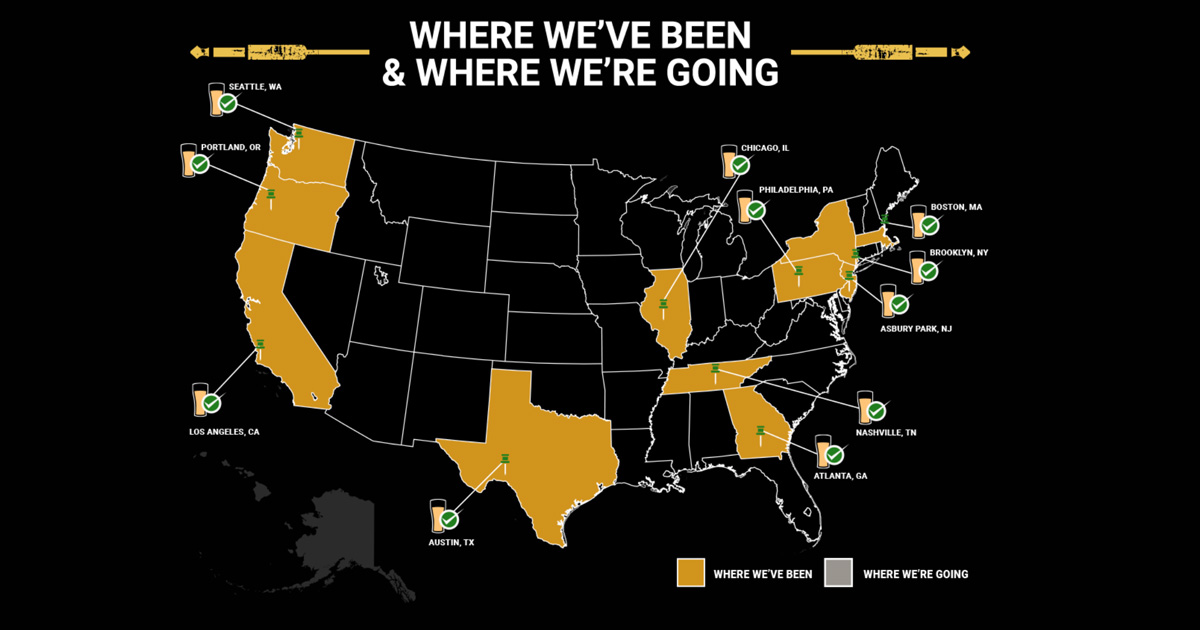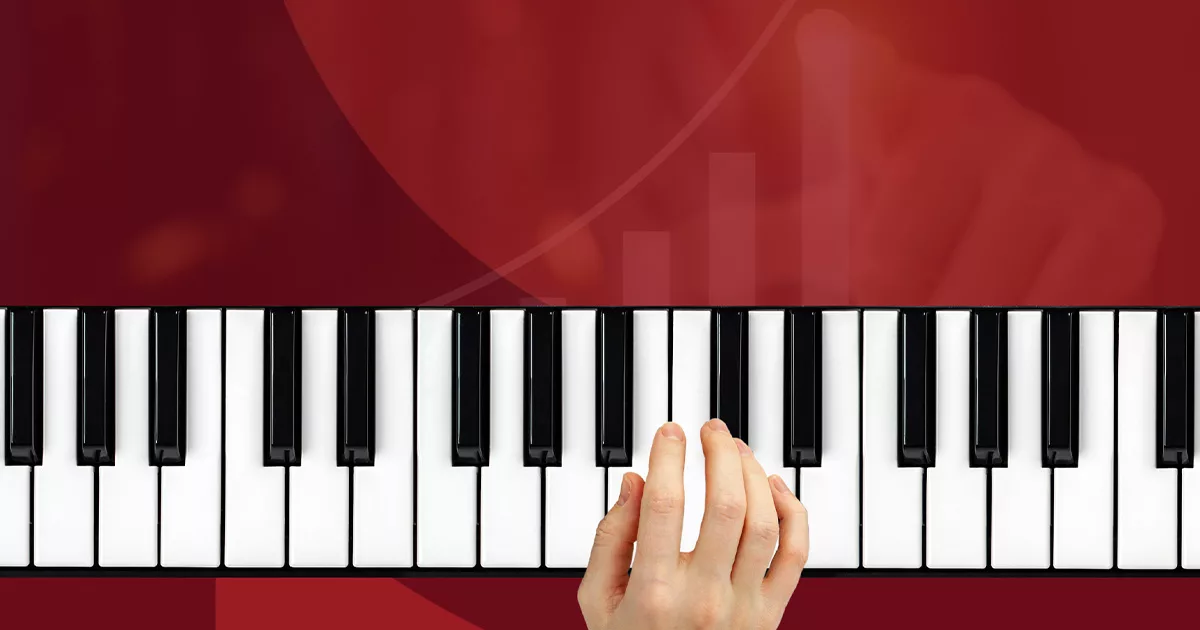By Jennifer Lewis
The term ‘experiential marketing’ has captivated marketing professionals in recent years, with agencies and in-house reps coining the buzzword during corporate meetings and throughout business proposals. In today’s oversaturated market, capturing consumers’ attention is an ever-growing challenge, so the need for a powerful, immersive approach, like with experiential marketing, is greater than ever.
So, what exactly does experiential marketing entail?
This cutting-edge approach crafts campaigns that immerse consumers in unforgettable experiences, forging powerful connections between them and a brand or product. Events, the most prevalent form of experiential marketing, have seen top brands invest heavily in live, interactive campaigns that leave lasting impressions. By honing into unique and interactive concepts to get consumers interested in a brand or product, experiential marketing has become a fresh and inventive way to stand out from competitors, generate awareness, and target new audiences. Notable successes include:
• Fortnite’s virtual concert drew in a staggering 12 million live attendees.
• Chipotle’s engaging burrito builder game on Roblox.
• The recreation of iconic TV sets from beloved sitcoms like Friends and Gilmore Girls.
• Even our agency’s collaboration with SodaStream on a sustainability-focused pop-up event.
With options ranging from pop-up stores to product sampling, experiential marketing offers boundless opportunities to create extraordinary experiences that captivate existing and potential customers.
First Personal Dive into “experiential marketing”:
My experience with experiential marketing happened accidentally. As a marketing professional unfamiliar with the term in 2016, I wanted to create a PR campaign for my company that stood out from others in the space. As a marketing manager for a famous synthesizer and keyboard brand, I had an edge in knowing exactly who the target audience was – musicians like me.
As an avid pianist and singer, I gravitated toward the product offering of my company, knowing the best way to increase sales and awareness was to get the instruments in the hands of consumers. I pondered how to effectively pique the interest of a niche yet saturated demographic that likely had quite a collection of synthesizers collecting dust. And then the idea struck me.
The Power of Partnerships.
The best way to attract the target audience’s attention was to partner with an equally trendy industry that would find value in the brand, and what better trade than the craft beer industry?
The number of operating breweries in the US skyrocketed within the last decade. According to the US Census Bureau, over 230 million adults over the age of 21 visited a brewery in the US sometime in 2015. I knew partnering with a US brewery would entice consumers to test-drive our products, share their thoughts on social media, and likely invite friends along to the event. After pitching the idea to our executive team, the decision was made, and Brew Music was born.
Evolve, Adapt, and Listen to Consumers.
The first event was hosted in Brooklyn, New York, by Brooklyn Brewery. Hundreds of musicians flocked to the space, demoing our well-known catalog of synthesizers, purchasing gear, and mingling with other like-minded artists. We took the event to social media, asking followers what cities they would like us to visit, leading the marketing team to build a comprehensive campaign that toured the United States.
I managed and ran seven events across six cities, meeting celebrities, fans, consumers, and craft beer lovers who all expressed their admiration for our successful Brew Music series. We listened as consumers asked for specialty products to include, requested on-site demos, and even met a few fan favorites that traveled to multiple events across the country.

Listen to your Gut.
When I first proposed Brew Music, the executives deeply questioned me, wondering if this was a ploy to travel and drink beer. Our brand had not dived into the world of experiential marketing before, and many were hesitant about the likelihood of its success. Would consumers attend the event? Would they purchase our products?
In truth, we didn’t know. But we knew something special was curated from the idea of bringing musicians together, and we knew it was worth a shot.
Venturing into the unknown can be intimidating, but it’s often the driving force behind innovation and success, and experiential marketing is no exception. Although measuring and predicting its outcomes may be challenging, the power of creating memorable, shared experiences should never be underestimated. Embrace the risks associated with experiential marketing, and you might find yourself reaping the rewards of increased brand awareness, engagement, and customer loyalty.
For in the marketing world, one thing remains constant: the bigger the risk, the bigger the reward.






